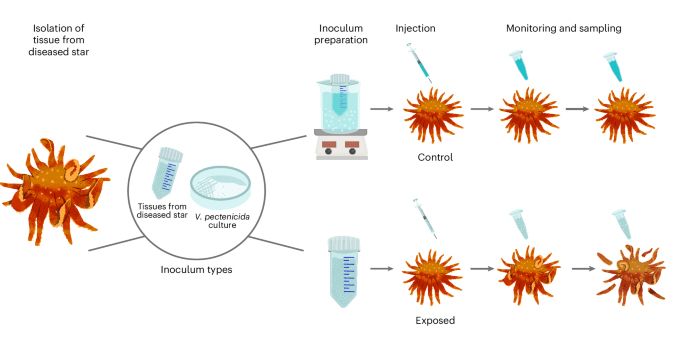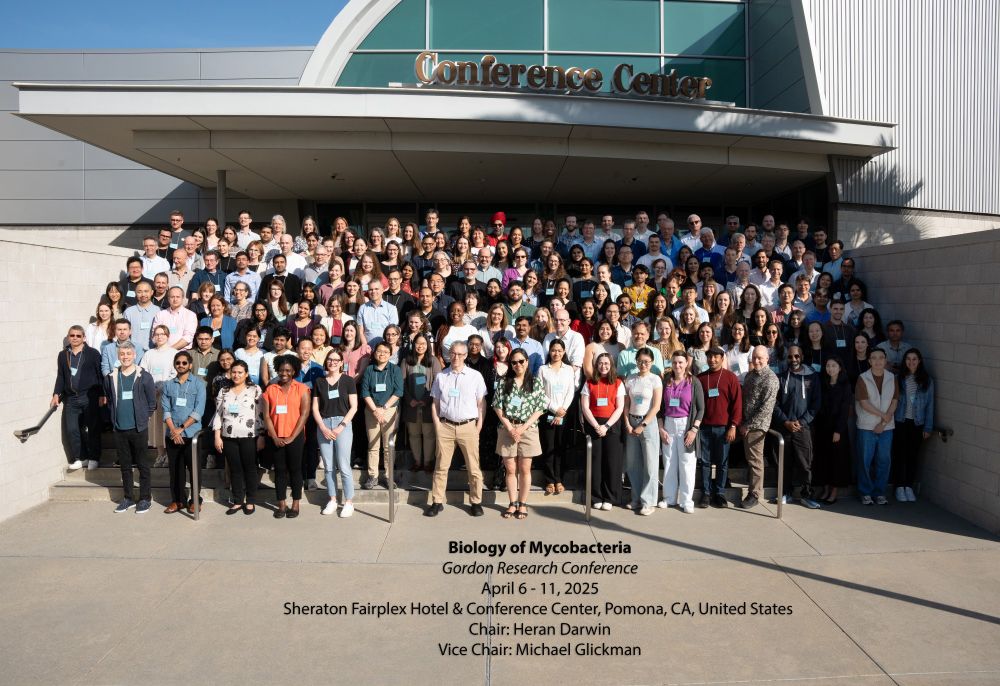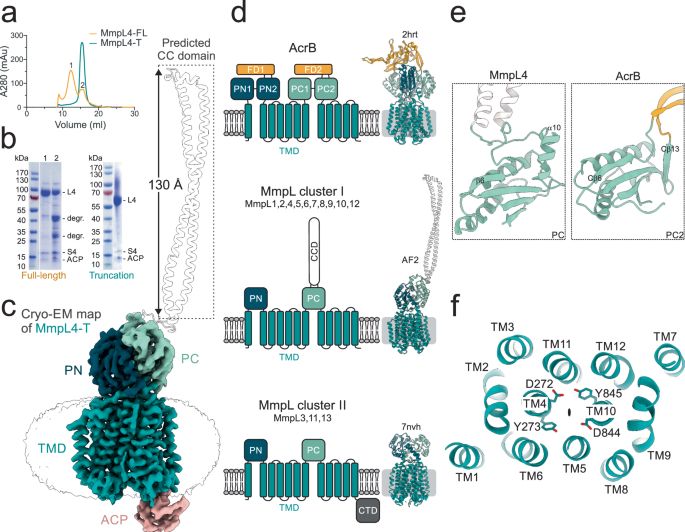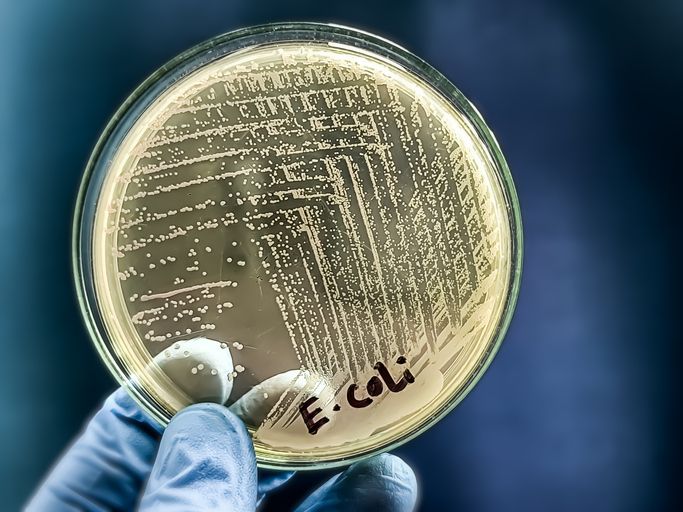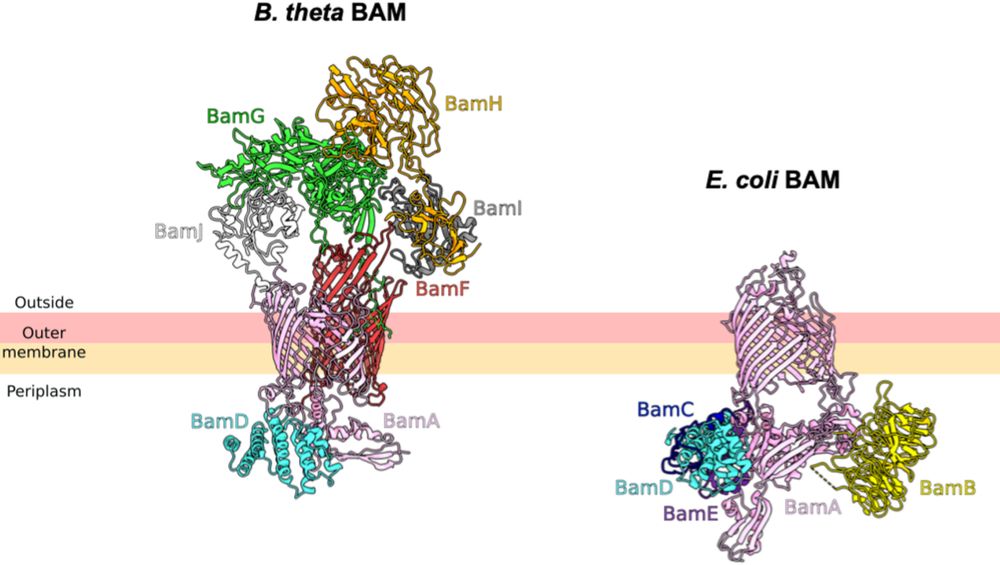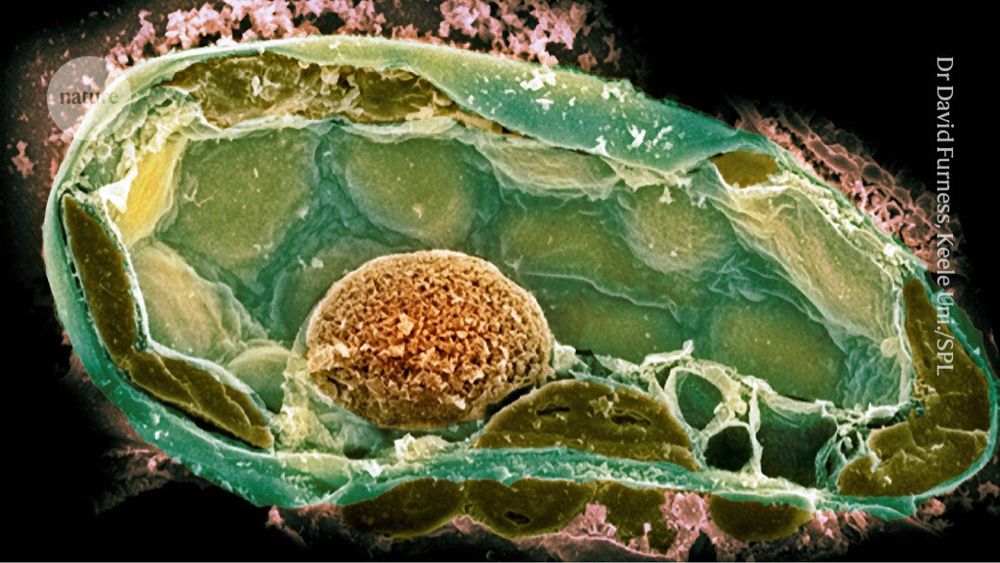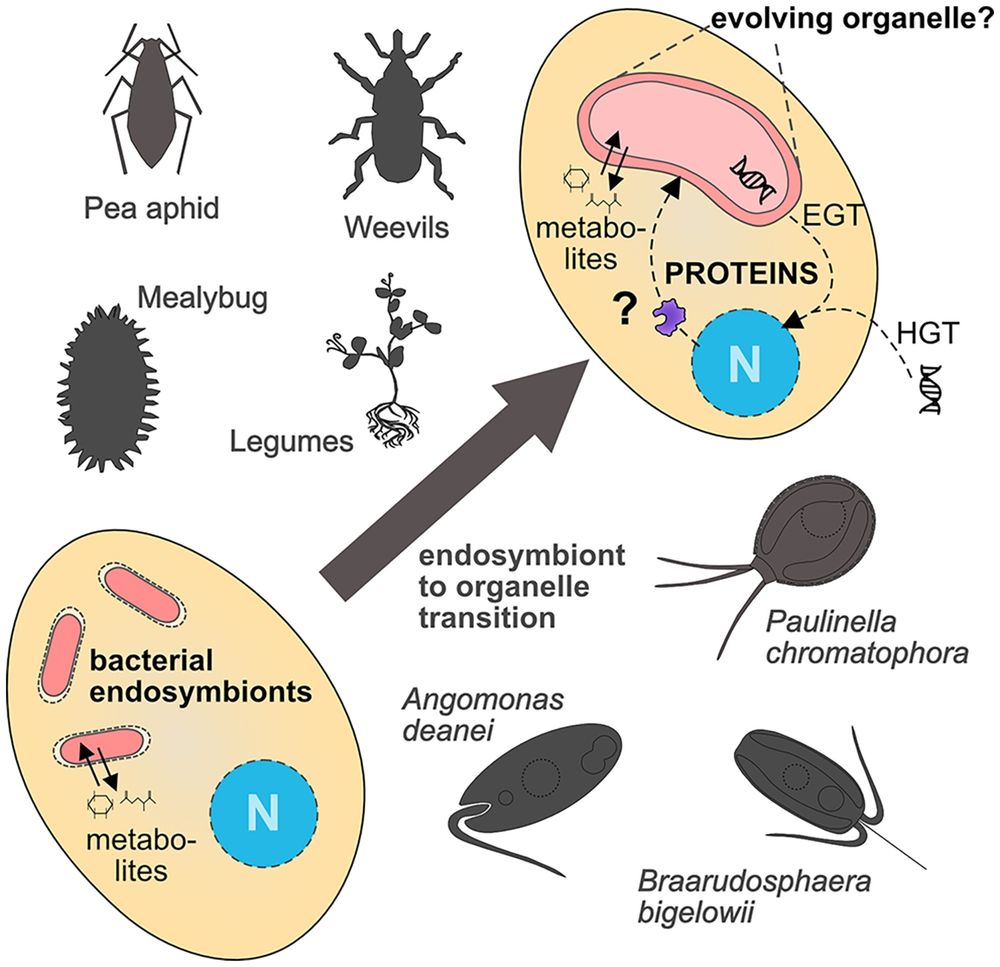Wilbert Bitter
@wilbertbitter.bsky.social
600 followers
130 following
16 posts
Professor in Medical and Molecular Microbiology, VU university & Amsterdam UMC, Amsterdam, The Netherlands
tuberculosis, cell envelope, protein secretion, Type VII secretion, ESX, host-pathogen, zebrafish, antimicrobials
Posts
Media
Videos
Starter Packs
Wilbert Bitter
@wilbertbitter.bsky.social
· Aug 27

Kenya achieves elimination of human African trypanosomiasis or sleeping sickness as a public health problem
The World Health Organization (WHO) has validated Kenya as having eliminated human African trypanosomiasis (HAT) or sleeping sickness as a public health problem, making it the tenth country to reach t...
www.who.int
Wilbert Bitter
@wilbertbitter.bsky.social
· Jun 26
Reposted by Wilbert Bitter
Jonathan Eisen
@phylogenomics.bsky.social
· Jun 25
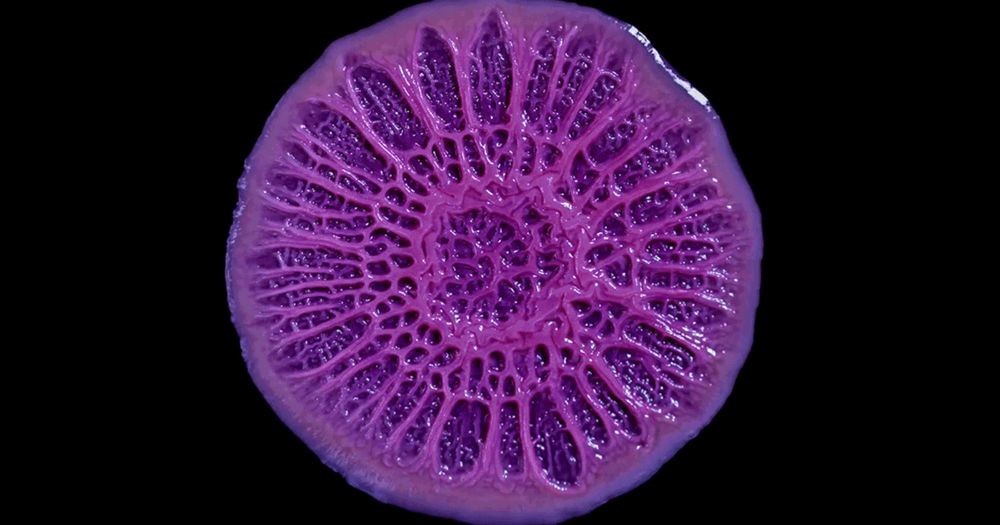
How a Biofilm’s Strange Shape Emerges From Cellular Geometry | Quanta Magazine
Micro decisions can have macro consequences. A soft matter physicist reveals how interactions within simple cellular collectives can lead to emergent physical traits.
www.quantamagazine.org
Reposted by Wilbert Bitter
Reposted by Wilbert Bitter
Wilbert Bitter
@wilbertbitter.bsky.social
· Mar 26
Reposted by Wilbert Bitter
Tracy Palmer
@proftracypalmer.bsky.social
· Mar 13

A central, shared role for disulfide bonds in Bacteroidota protein transport and gliding motility
The gliding motility and Type 9 Secretion Systems (T9SSs) of Bacteroidota share a Power Chain that in current models uses a Hub complex to distribute energy to both the T9SS translocon and a moving gl...
www.biorxiv.org
Reposted by Wilbert Bitter
Tom Scriba
@tomscriba.bsky.social
· Feb 7
Reposted by Wilbert Bitter
Reposted by Wilbert Bitter
Wilbert Bitter
@wilbertbitter.bsky.social
· Jan 16
Reposted by Wilbert Bitter
Wilbert Bitter
@wilbertbitter.bsky.social
· Jan 14
Reposted by Wilbert Bitter
Reposted by Wilbert Bitter
Waggoner Lab
@labwaggoner.bsky.social
· Jan 11
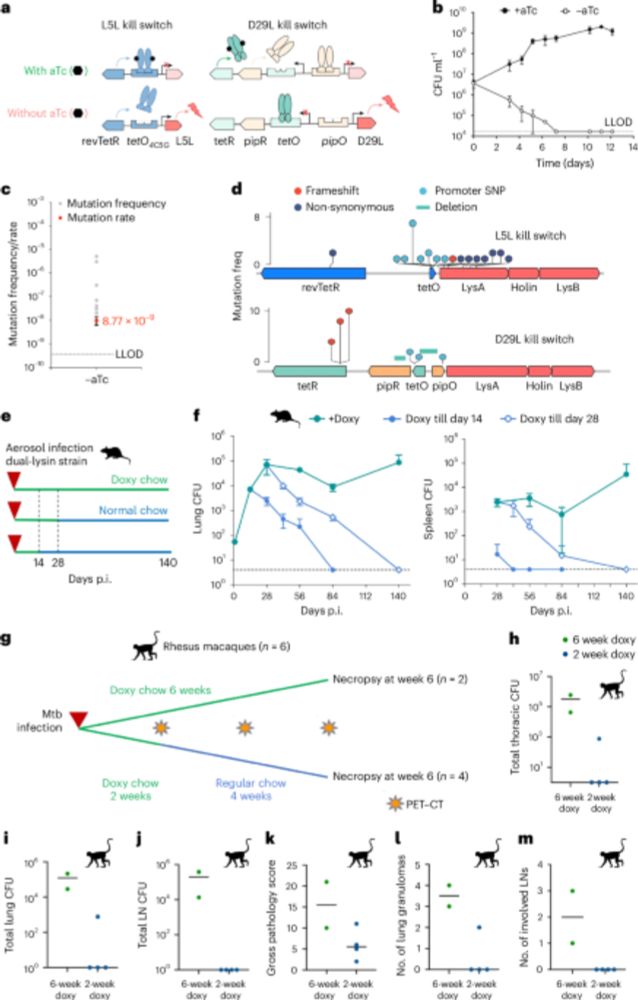
Engineered Mycobacterium tuberculosis triple-kill-switch strain provides controlled tuberculosis infection in animal models - Nature Microbiology
Engineered kill-switch-encoding Mycobacterium tuberculosis infects, elicits immune responses and is cleared from immunocompetent and immunocompromised mice, providing a model of controlled tuberculosi...
www.nature.com
Wilbert Bitter
@wilbertbitter.bsky.social
· Nov 28
Methane-eating relative of tuberculosis bacteria found in cave - Vrije Universiteit Amsterdam
An international team of scientists discovered new unique bacteria living on the walls of a cave in Romania, using methane as their only source of food.
vu.nl



